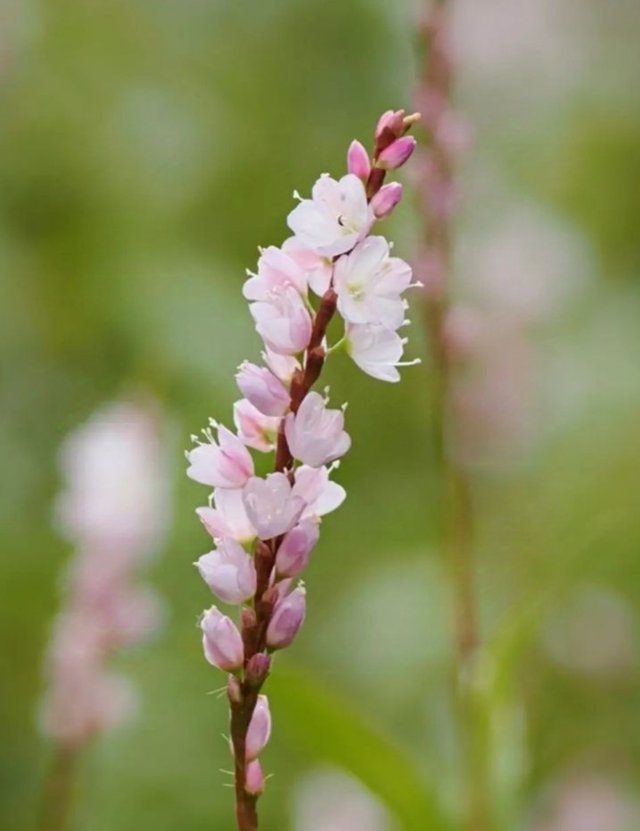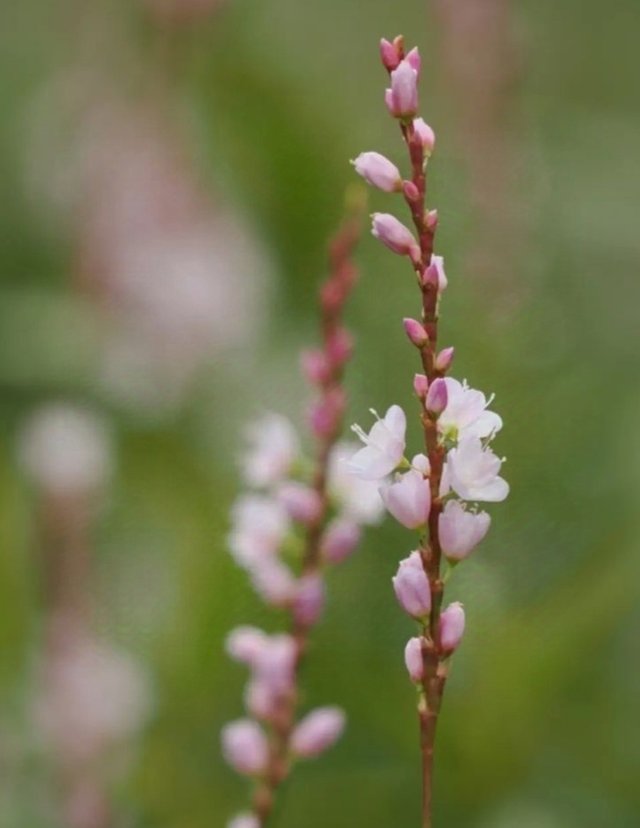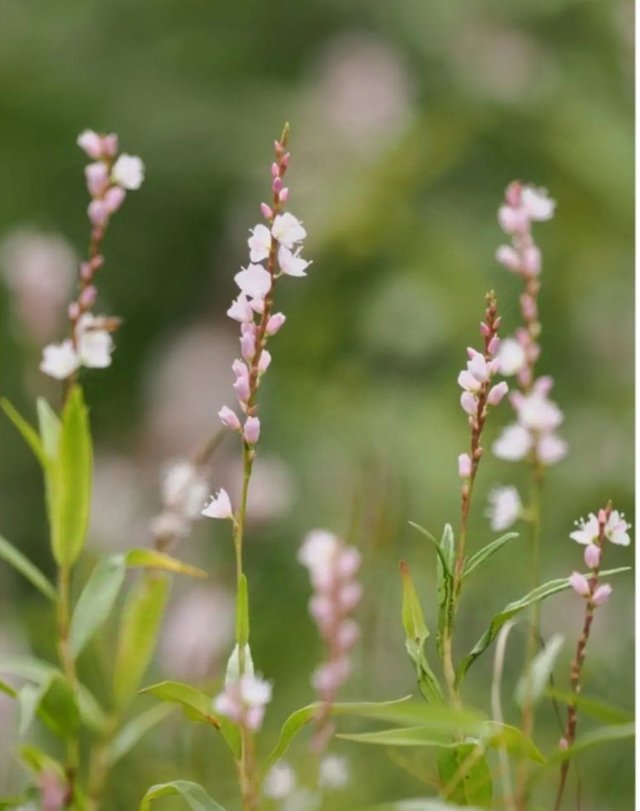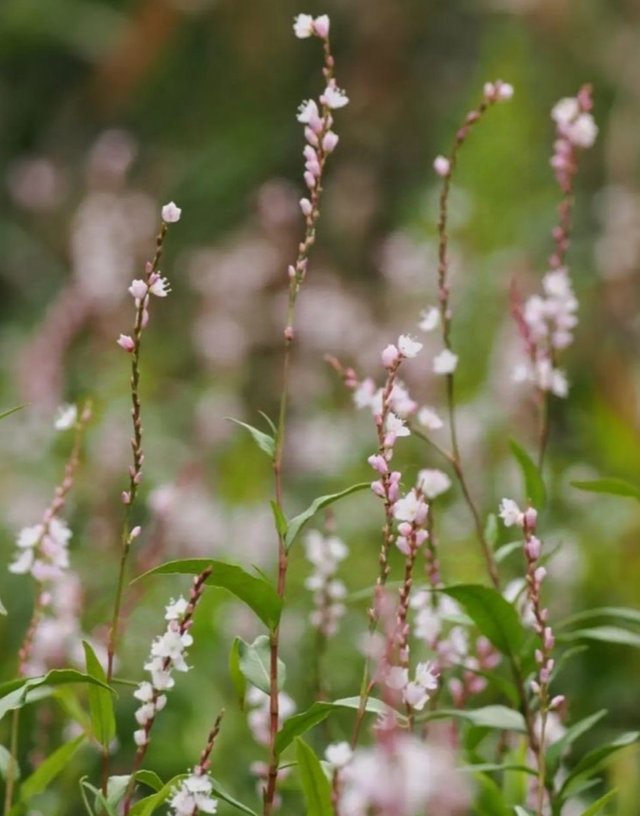Knotweed, specifically Japanese knotweed, is an aggressive, fast-growing perennial plant native to East Asia. Introduced to Europe and North America in the 19th century as an ornamental plant and for erosion control, it has since become one of the most notorious invasive species in many parts of the world. Knotweed is known for its bamboo-like stems, broad heart-shaped leaves, and small white or cream-colored flowers that bloom in late summer or early autumn. Despite its aesthetic appeal, its impact on ecosystems, infrastructure, and property value has made it a serious concern.
Growth and Spread
Knotweed primarily spreads through its extensive rhizome system, which can reach up to 3 meters deep and 7 meters wide. Even tiny fragments of rhizomes can regenerate into full plants, making it incredibly difficult to control or eradicate. It thrives in a variety of environments, from riverbanks and roadsides to gardens and vacant lots. Knotweed can grow through cracks in concrete, tarmac, and walls, causing significant structural damage to buildings, roads, and drainage systems.
Once established, knotweed forms dense thickets that outcompete native vegetation. Its rapid growth, up to 10 cm per day during its peak season, blocks sunlight, reducing biodiversity by preventing other plants from growing. This, in turn, affects local wildlife dependent on the native flora. In riparian areas, where knotweed often dominates, its presence can lead to increased erosion and disruption of natural watercourses.
Ecological Impact
Japanese knotweed's impact on ecosystems is significant. It suppresses the growth of native plants by shading them out and altering soil composition. Knotweed produces allelopathic chemicals that inhibit the growth of nearby plants, further reducing biodiversity. Its dense stands create a monoculture, providing limited resources for pollinators, herbivores, and other organisms that rely on diverse plant communities.




Thanks For Reading
Device Information
| Device | Redmi Note 10 Pro |
|---|---|
| Lens | 64 mp |
| Location | Bangladesh |
